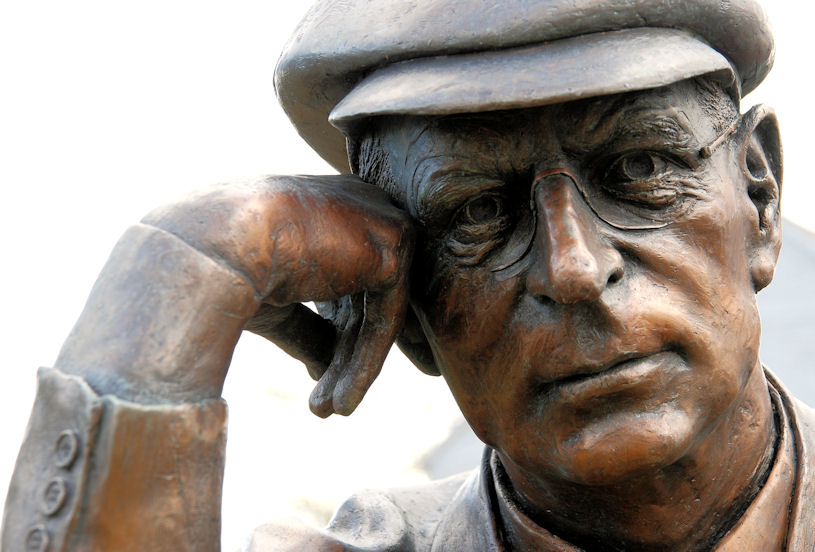In the annals of history, some individuals stand out as true pioneers, their innovations reshaping entire industries and leaving a lasting impact on society. Harry Ferguson, the Northern Irish engineer, inventor, and aviator, is one such visionary whose contributions revolutionised both agriculture and aviation, earning him a place among the great inventors of the 20th century.
Harry Ferguson was born on November 4, 1884, in County Down, Northern Ireland. Raised on a farm, he developed a deep understanding of agricultural practices from an early age. This rural upbringing laid the foundation for his later innovations in the farming industry.
In the 1920s, Ferguson’s inventive mind led him to create groundbreaking agricultural machinery. He is best known for his three-point linkage system, a hydraulic mechanism that revolutionised tractor design. This innovation allowed the tractor to distribute weight evenly across all four wheels, preventing it from tipping over and significantly improving its manoeuvrability. The three-point linkage system became a standard feature in tractors worldwide and remains an essential component in modern agricultural machinery.
In 1936, Harry Ferguson introduced his Ferguson System, a complete package of tractor design that combined his three-point linkage system with other innovations, such as the hydraulic lift and mounted implements. This system allowed a single tractor to perform a wide range of tasks, from ploughing and harrowing to planting and harvesting, greatly increasing the efficiency of farming operations.
The Ferguson System sparked a tractor revolution, transforming farming practices across the globe. Farmers embraced this new technology, as it offered increased productivity, reduced labour requirements, and ultimately led to higher crop yields. This revolution played a vital role in modernising agriculture, helping to feed growing populations and fostering economic development in rural areas.
Harry Ferguson’s inventive spirit was not confined to the fields. In the early 1900s, he became fascinated with aviation and began designing and building his own aircraft. In 1909, he made history as the first Irishman to construct and fly his own plane, the Ferguson Monoplane.
His contributions to aviation didn’t stop there. During World War I, Ferguson worked on aircraft design and played a key role in the development of the Handley Page bomber, which was used by the British Royal Air Force. His innovations in aircraft design helped advance aviation technology, paving the way for the rapid progress of aviation in the following decades.
Harry Ferguson’s contributions to both agriculture and aviation have left an indelible mark on history. His pioneering spirit and inventive mind transformed farming practices, making them more efficient and sustainable. The three-point linkage system and the Ferguson System are still widely used in modern tractors, a testament to their enduring value.
In aviation, Ferguson’s achievements contributed to the progress of flight technology, shaping the course of aerial transportation and defence for years to come. His legacy continues to inspire engineers, inventors, and dreamers, reminding us of the boundless possibilities that arise from ingenuity and a passion for improvement.
Harry Ferguson’s journey from a farm in Northern Ireland to the forefront of agricultural and aviation innovation exemplifies the power of individual brilliance to transform industries and improve lives. His pioneering spirit, dedication to progress, and unwavering curiosity serve as a beacon for future generations of inventors and visionaries. As we reap the benefits of his contributions in the fields and skies, we are reminded of the lasting legacy of Harry Ferguson, a true pioneer of the 20th century.

Leave a Reply